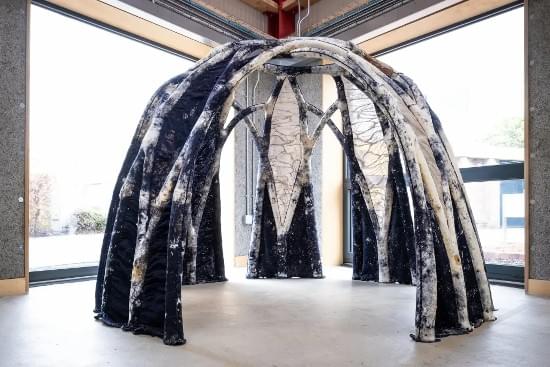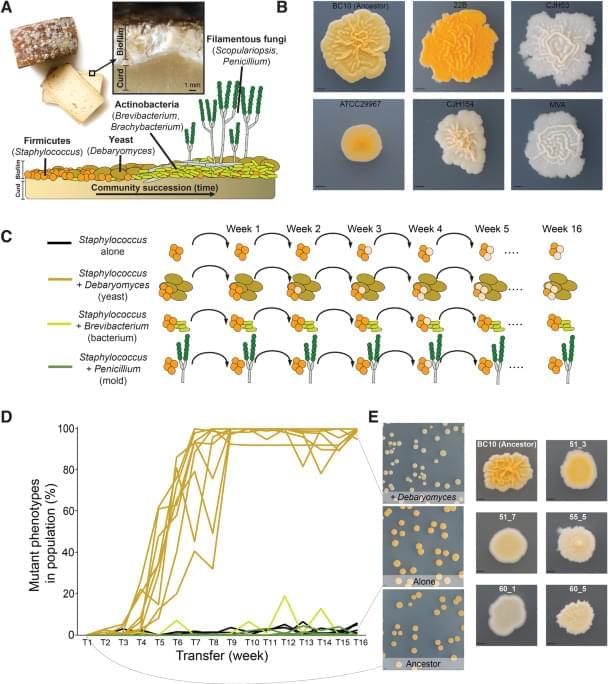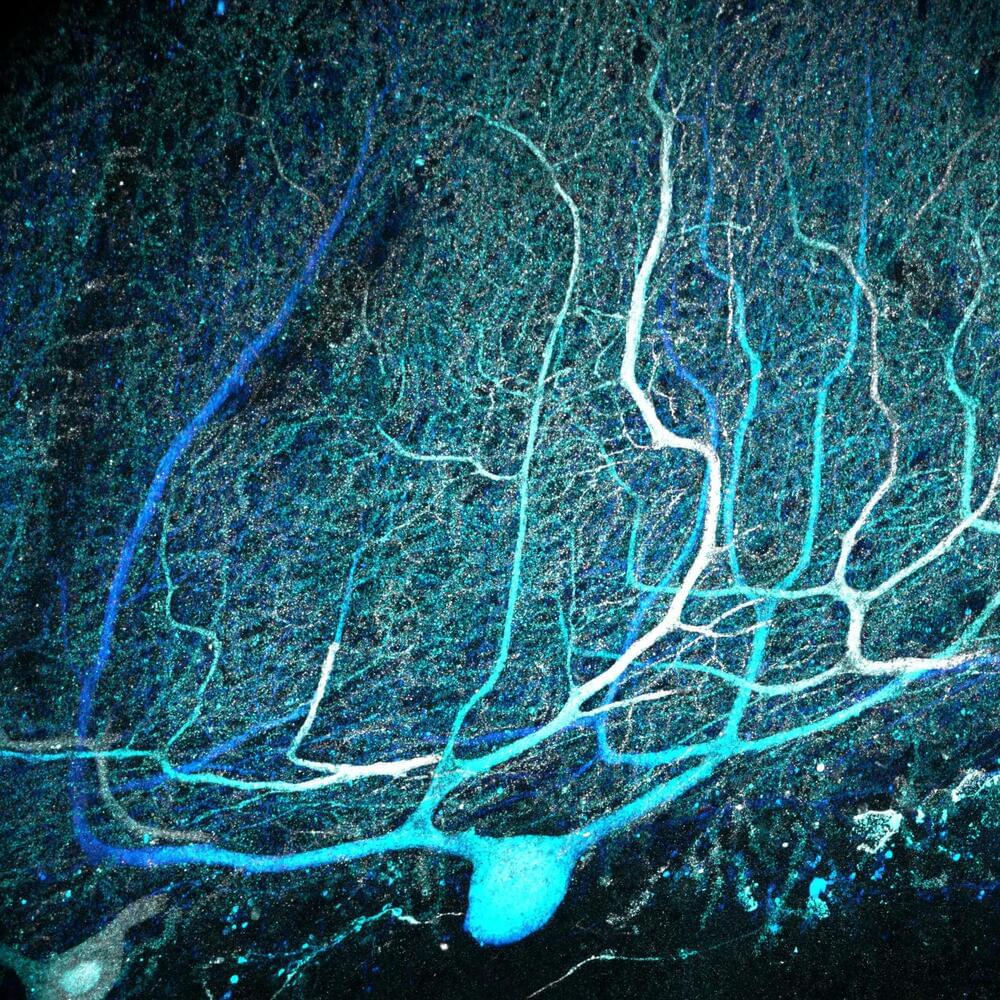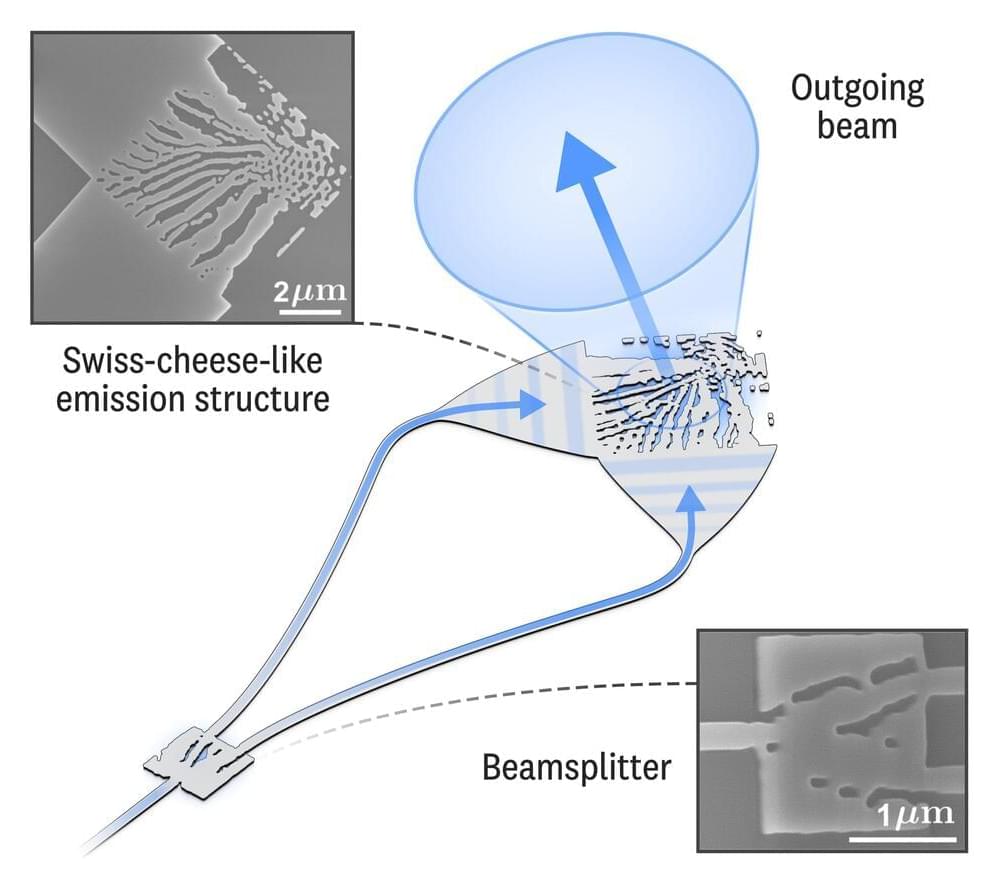Let’s look at some examples of this software-defined momentum at the edge. In manufacturing, AI enables weld quality detection in real time on factory floors, improving production yields. In agriculture, farmers can use AI-driven systems to move from focusing on entire crops to looking at individual plants in a field to determine where to fertilize, irrigate or weed. Healthcare is transforming at every level—from the granularity of tracking nerve structures for anesthesia during surgery to the scale and scope of securing patient privacy and data across healthcare networks. An intelligent, software-defined edge aids in delivering resilience for evolving business needs.
AI tools and platforms are now widely available, allowing businesses to harness their power to build solutions faster and gain a competitive edge. This accessibility is crucial for scaling their usefulness, as it shifts solutions from being built solely by data scientists and software engineers to being used by domain experts with less coding experience. With simplified AI model toolkits and an open development platform, these users can stitch together their own solutions and deploy them anywhere.
Let’s take the example of a quick service restaurant (QSR). QSRs could improve their operations by monitoring orders and ingredient levels, then dynamically resupplying their inventories. Lowering barriers to AI means businesses like a QSR can tap into automation and intelligent software solutions on any device, such as a point-of-service system, laptop or mobile device. Customers are happier, food waste is reduced and process efficiencies help QSRs maintain operations even in our current labor shortage.









